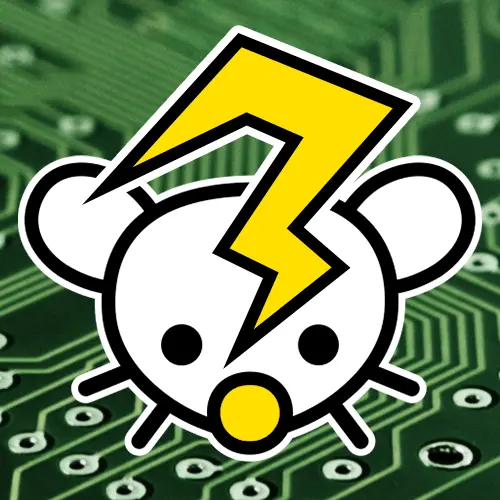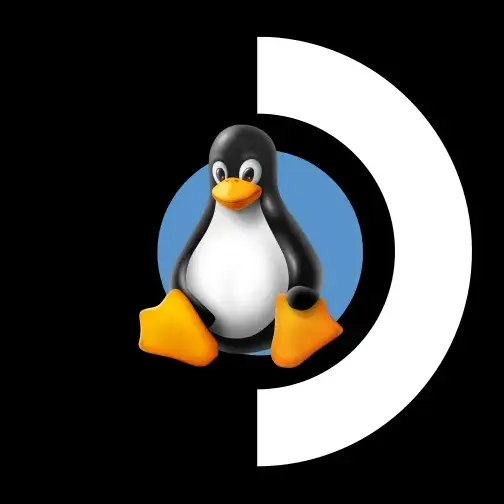

This. I had written a similar last paragraph in my answer below, but decided to delete it before submitting.
I have to suffer Windows at work. No way on earth this sad excuse for an operating system gets anywhere near my gaming PC. I want my gaming PC to be for fun stuff, not use it to torture myself.





And their gamepads for Xbox were pretty good too. Past tense, because those of the Xbox Series X suck (including the “Elite”).